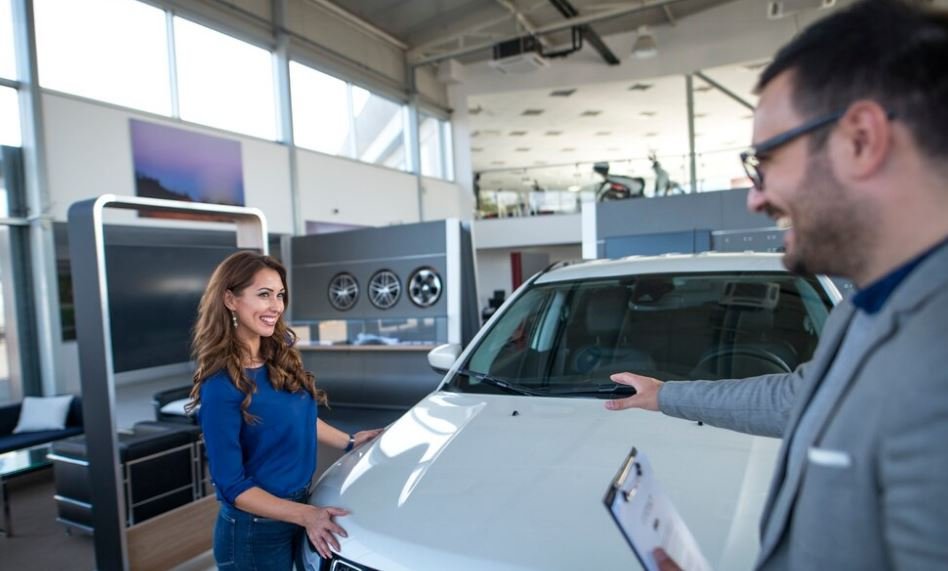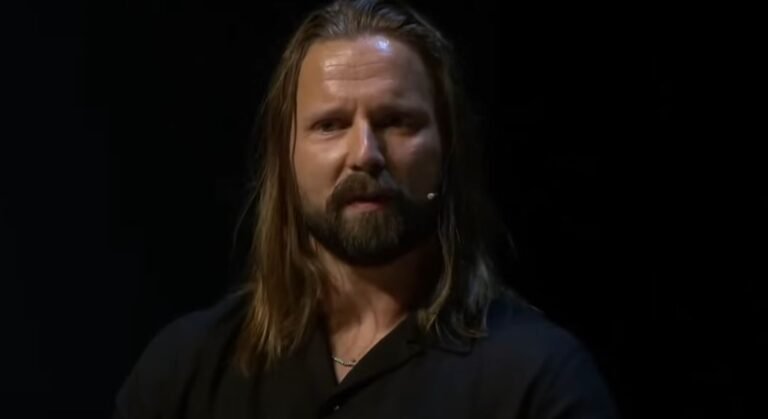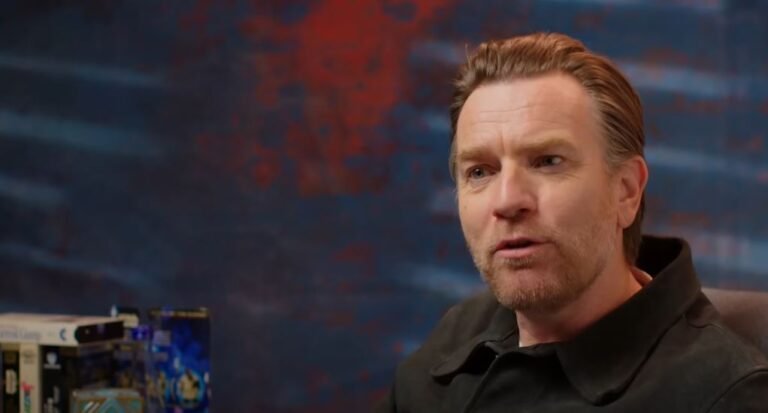Tesla Company Update 2025 – Elon Musk Confirms New Affordable EV Timeline

More than just curiosity, Tesla’s “company update” in recent weeks has rekindled discussions about the electric carmaker’s changing approach at a critical juncture. Instead of making a spectacular announcement, Tesla opted for accuracy over showmanship, outlining a subtle strategy that could be remarkably successful in ensuring sustained growth.
Tesla is advancing with a new, more reasonably priced electric car by utilizing current infrastructure and judiciously incorporating elements of next-generation design. Production is expected to start as early as June 2025, although this is an ambitious timeline that is still very clear in light of the circulating rumors. In addition to being a more affordable choice, this small model signifies Tesla’s renewed dedication to accessibility, particularly during a period when rising tariffs and global financial changes have had a substantial impact on consumer affordability.
Tesla Strategic Update Snapshot
| Category | Details |
|---|---|
| Company Name | Tesla, Inc. |
| CEO | Elon Musk |
| Founded | 2003 |
| Headquarters | Austin, Texas, USA |
| Revenue (Q1 2025) | $23.4 Billion (Bloomberg consensus estimate) |
| New EV Rollout | Affordable Tesla EV – Production begins June 2025 |
| Semi Truck Progress | First trucks expected by end of 2025 from Nevada Gigafactory |
| Autonomy Program | Updates on Robotaxi and Unsupervised FSD tech |
| Production Strategy | Hybrid approach using Model 3/Y platforms + partial next-gen components |
| Assembly Innovation | “Unboxed” method reserved for Cybercab and future-gen vehicles |
| Investor Info Source | Tesla Investor Relations |
With this practical change, Tesla seems to be giving up a state-of-the-art redesign in exchange for stable production. For its low-cost EV, the company will use existing production lines that already support the Model 3 and Model Y, rather than depending on the futuristic “unboxed” production method. Even though this hybrid approach might not result in the lowest costs, it allows Tesla to proceed with rollout much more quickly, which feels especially advantageous given recent macroeconomic limitations.
The new EV’s design is anticipated to mimic the well-known silhouette of Tesla’s current lineup instead of bringing about a drastically smaller form. Although this predictability may appear conservative at first, it is the result of a deliberate choice to minimize R&D expenses while preserving structural safety and brand familiarity. This is a very resilient move in a market where dependability frequently triumphs over innovation.
During the company’s earnings call, Tesla discussed advancements in its Full Self-Driving (FSD) technology in light of heightened regulatory scrutiny, especially in the area of autonomous driving. The unboxed method, which combines speed and precision in a novel vehicle architecture, will be used for the first time in the Cybercab and other next-generation vehicles. Despite its short-term reliance on legacy platforms, Tesla’s enduring commitment to innovation is demonstrated by these future-focused models.
More significantly, the call addressed investor concerns about Elon Musk’s political activities. Questions concerning his priorities and influence have surfaced as his name has become more closely associated with President Donald Trump‘s administration. Analysts are rightfully keeping an eye on how these connections might affect trade policies, especially those that directly affect Tesla’s supply chain, even though Musk played down any possible conflicts.
Tesla’s stock has seen significant volatility over the last year, falling more than 50% from its peak in December 2024. However, by candidly addressing challenges—from PR blunders involving DOGE to slower worldwide sales—Tesla is now providing a model for resilience. It is maintaining its reputation for technological excellence while significantly improving internal cost structures through strategic recalibration.
When viewed through the prism of manufacturing pragmatism and a modest but ambitious product strategy, Tesla’s most recent update feels like a well-timed return rather than merely a business decision. Like a skilled chess player making a mid-game sacrifice to win the endgame, Tesla is moving stealthily but effectively as rivals rush to catch up.
Over the next few months, Tesla will have to perform flawlessly. When combined with the eagerly awaited Robotaxi and Semi, the promise of a surprisingly low-cost EV will push the boundaries of its production discipline and regulatory navigation. However, if past performance is any guide, Tesla does well under duress, and this time, it is placing its money on astute adaptation triumphing over disruption.





